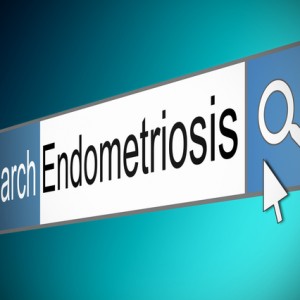 A team of researchers from the University of California San Francisco led by Dr. John S. Tamaresis discovered a novel and less invasive technique to diagnose endometriosis and classify the disease by its severity. The study was recently published in the Endocrinology journal and provides new insights to a disease that is currently only diagnosed and staged by surgery, with around 11 years between onset of symptoms and the final diagnosis.
A team of researchers from the University of California San Francisco led by Dr. John S. Tamaresis discovered a novel and less invasive technique to diagnose endometriosis and classify the disease by its severity. The study was recently published in the Endocrinology journal and provides new insights to a disease that is currently only diagnosed and staged by surgery, with around 11 years between onset of symptoms and the final diagnosis.
It is estimated that endometriosis affects 10 percent of reproductive-age women and is caused when endometrium cells that normally grow inside the uterus begin to grow outside the uterus, leading mainly to infertility and pelvic pain, usually during menstruation. The pain is caused by the inflammation associated with the cyclic detachment of cells from the wrong site (pelvic cavity, for example) during menstruation.
At present, the only method for clearly diagnosing endometriosis is laparoscopy, a surgical procedure done in the pelvis through small (0,5-1,5 cm) incisions with the help of a camera, which also classifies (stages) the disease severity. Being an invasive procedure, the disease diagnosis usually occurs very late in its natural history, underlining the need for a better diagnostic approach. In this study, investigators used a computer-based learning (machine learning), by using an algorithm that can learn directly from data without strict programming.
Samples from the endometrium (inner lining of the uterus) of 77 women with endometriosis were compared to 37 without endometriosis but with other common uterine/pelvic problems such as uterine fibroids, and 34 from otherwise healthy women. In the end, Dr. John S. Tamaresis and his team found some patterns of gene expression that could differentiate endometriosis patients and even stage the disease with 90%–100% accuracy.
These findings can help researchers develop an office diagnostic test for endometriosis by using just a small catheter called a Pipelle that takes a sample from the endometrium and that is presently used for the exclusion of endometrial cancer when indicated. This would allow the therapeutic plan to be drawn early without the need for the expensive surgery that includes general anesthesia and incisions to the abdomen.
Although these results need validation in a larger population, a clinical trial at multiple sites is already in progress so that both doctors and patients could have access to this diagnostic tool in the future.

